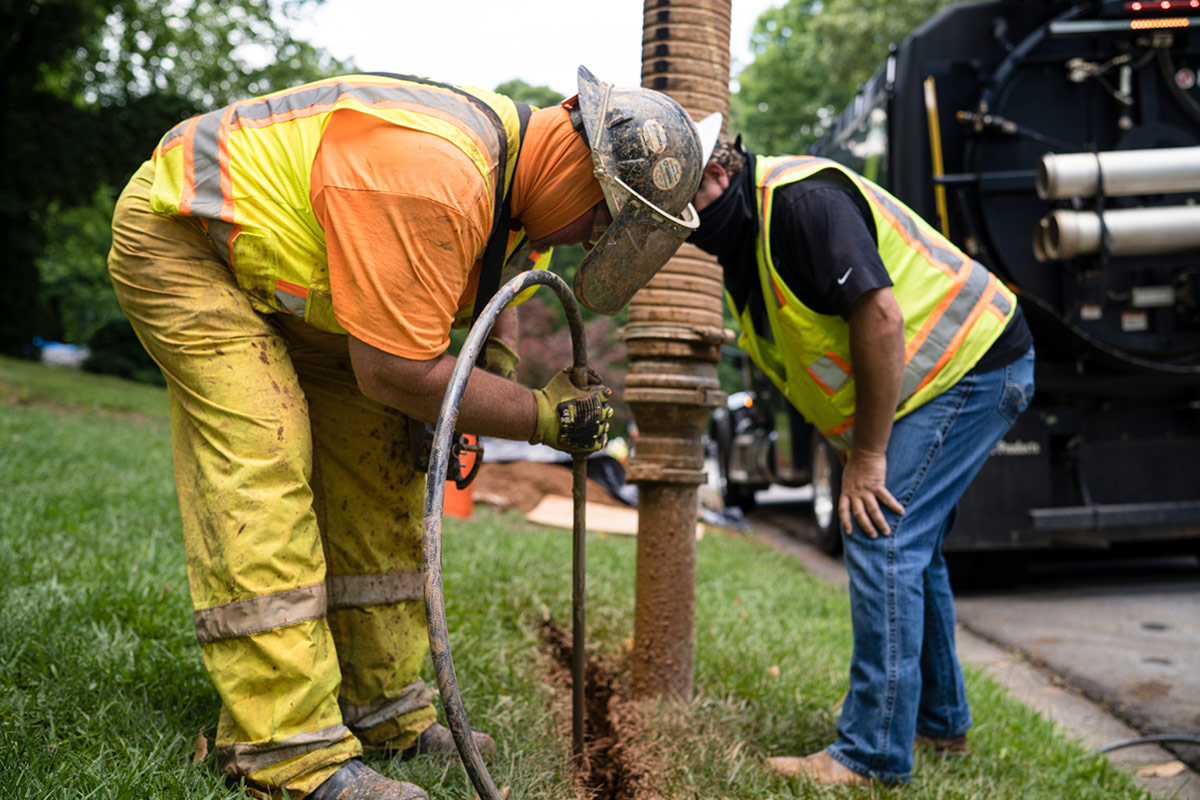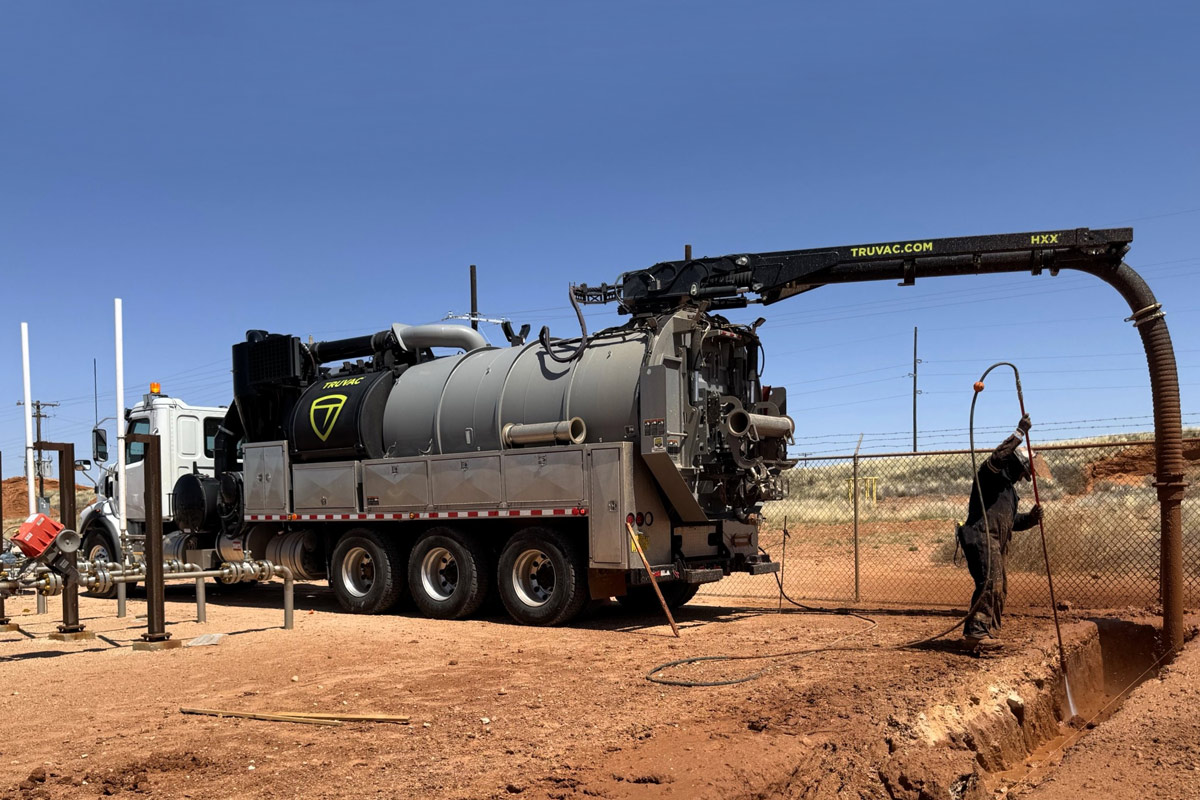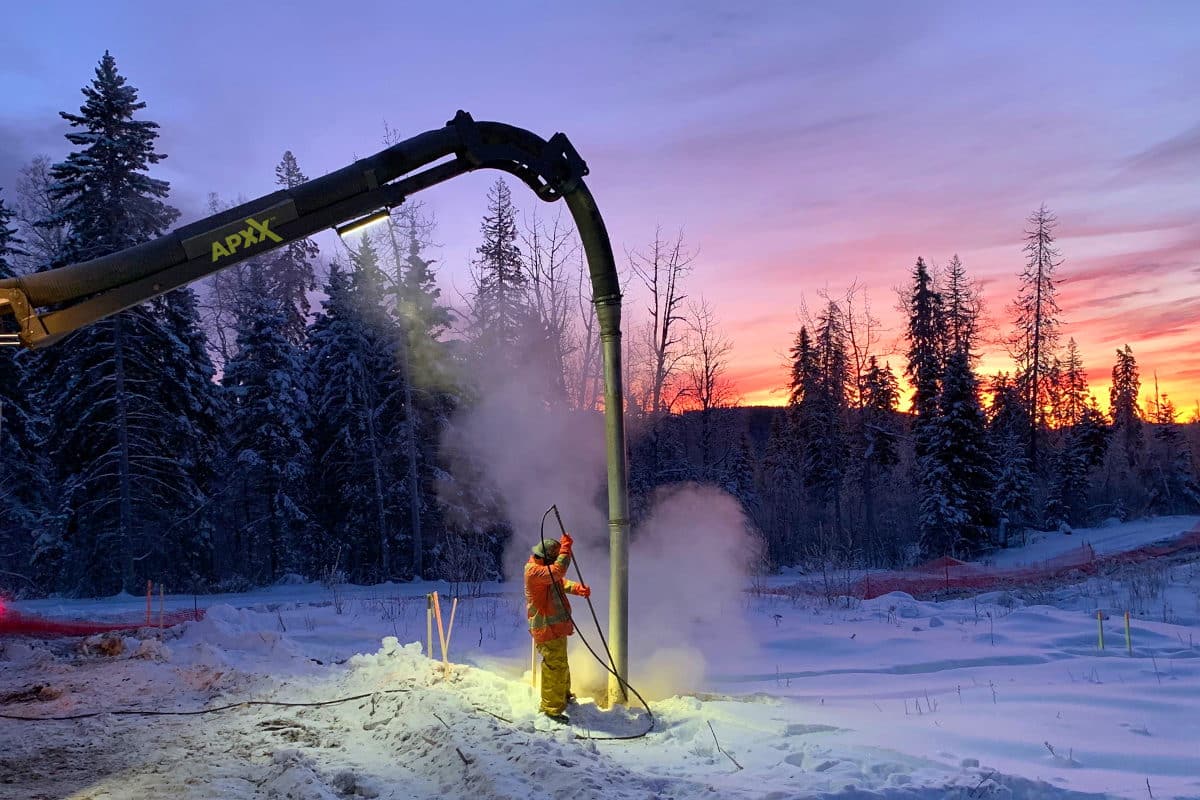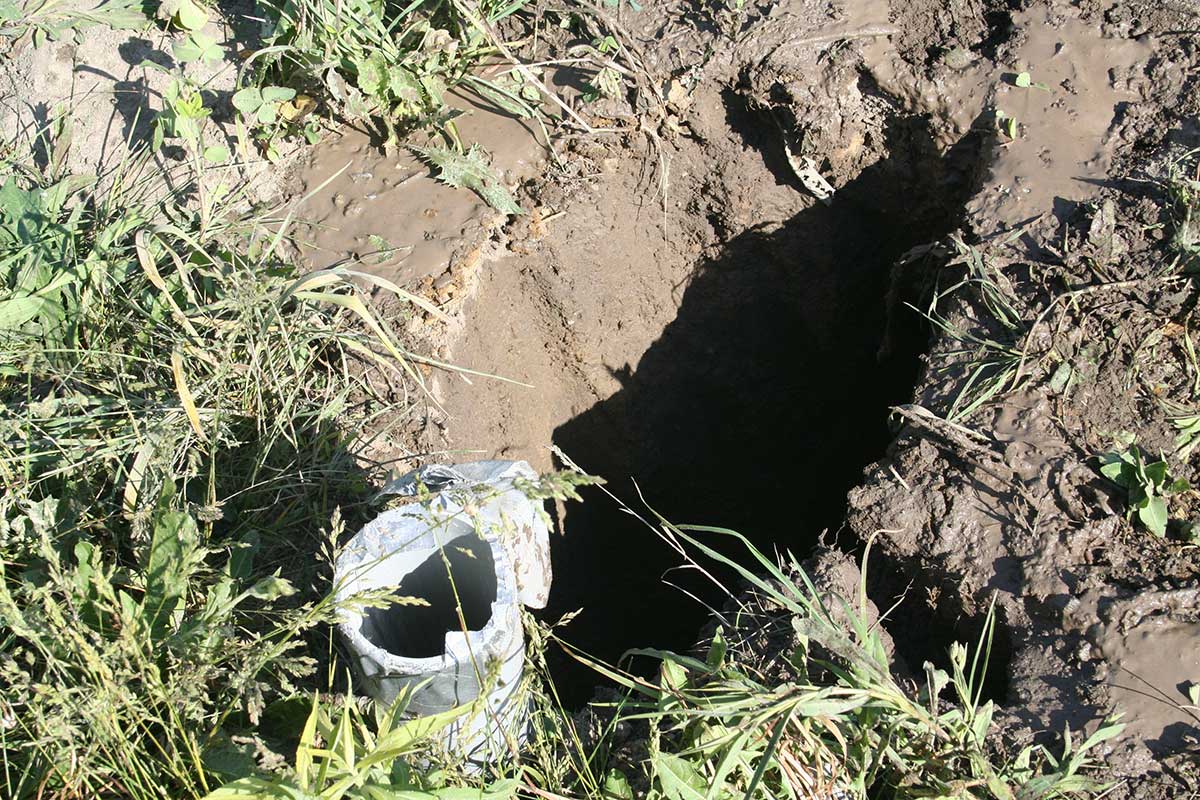
Hydro & Air Excavation: The Precision Edge in Subsurface Utility Engineering (SUE) and Beyond
Traditional excavation, while effective for many tasks, often falls short when dealing with the intricate web of underground utilities. The risk of striking a gas line, severing a fiber optic cable, or damaging a water main is not just costly; it’s dangerous. This is where hydro and air excavation step in, offering precision, safety, and efficiency that traditional shovels and excavators simply can’t match. These methods are rapidly becoming indispensable tools, especially within the critical field of Subsurface Utility Engineering (SUE).
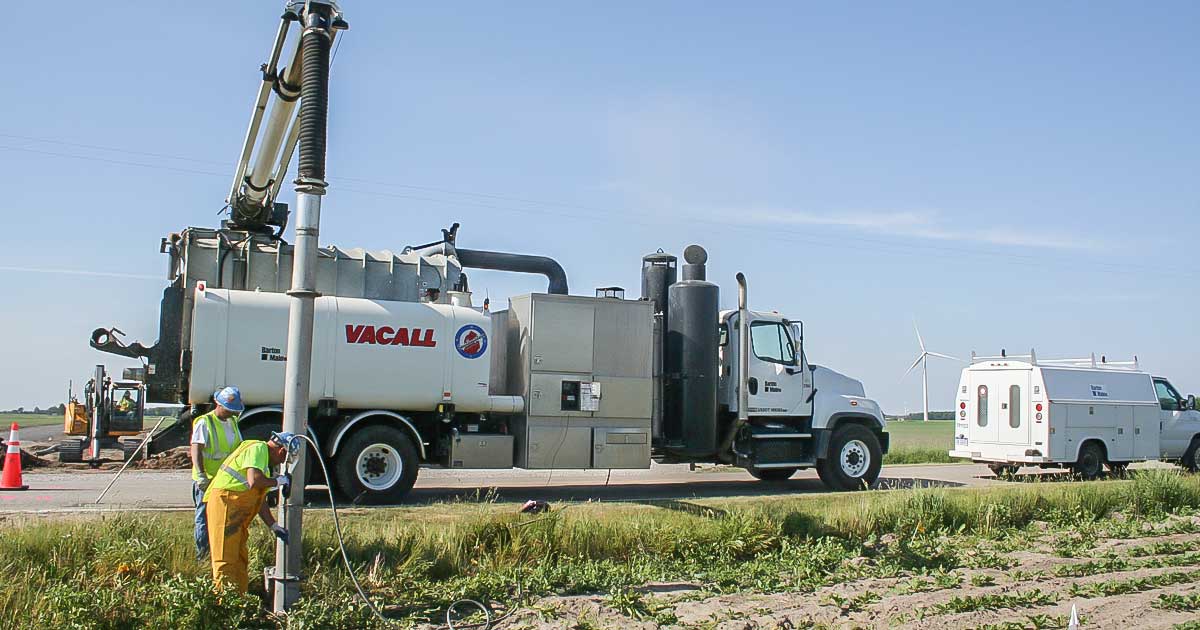
The Evolution of Excavation: Gentle Giants
Both hydro and air excavation operate on a similar principle: using a non-destructive medium to loosen soil, which is then removed by a powerful vacuum. This targeted approach allows crews to expose utilities safely without the mechanical impact that can lead to costly damages and project delays.
Hydro excavation employs a high-pressure stream of water to break up soil, turning it into a slurry that’s then vacuumed into a debris tank. Its primary advantages lie in its versatility and effectiveness across a wide range of soil types, from loose sand to compacted clay. Hydrovac is the go-to for daylighting utilities, creating potholes for precise utility location, and digging trenches in areas where existing infrastructure is dense.
Air excavation, on the other hand, utilizes a high-pressure blast of air to loosen soil. The dry spoil is then typically vacuumed away. Air excavation shines in particularly sensitive environments, such as around delicate tree roots or archaeological sites, as it minimizes saturation and disturbance. It’s also favored when the management of wet slurry is a concern, leaving a dry spoil that’s often easier to handle and backfill.
SUE’s Best Friends: Safety, Accuracy, and Efficiency
These precision excavation methods are fundamental to achieving Quality Level A (QLA) SUE, the highest standard for utility mapping. QLA requires the physical exposure of utilities to determine their precise horizontal and vertical position. Without hydro or air excavation, achieving this level of accuracy safely would be incredibly challenging, if not impossible, in many scenarios.

The benefits for SUE are profound:
- Enhanced Safety: Significantly reduces the risk of striking buried utilities, protecting workers and the public from potential explosions, electrocutions, or service disruptions.
- Cost Savings: Prevents expensive utility repairs, project delays, and potential legal liabilities that arise from accidental strikes.
- Improved Project Planning: Accurate utility data leads to better design and construction plans, minimizing conflicts and costly reworks.
- Reduced Environmental Impact: Less disturbance to surrounding landscapes and often a smaller footprint than traditional trenching.
Beyond SUE, hydro and air excavation find broad application in other trenchless and near-trenchless tasks. They’re invaluable for pole hole excavation, culvert cleaning, intricate pipe and cable installations in congested urban areas, and even environmental cleanups where precise soil removal is critical.
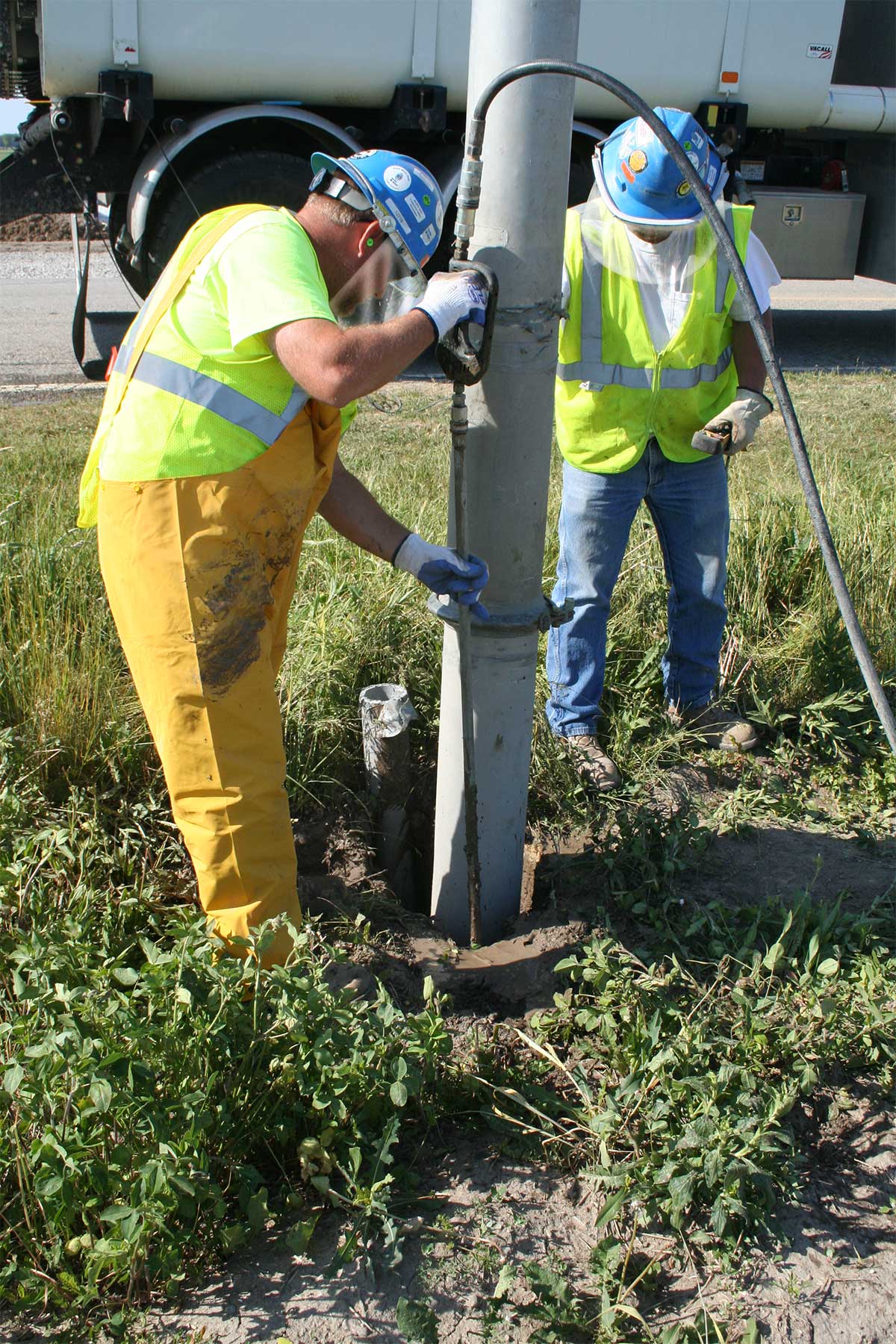
Navigating the Challenges
While immensely beneficial, these technologies aren’t without their considerations. Hydro excavation requires access to a water source and a plan for slurry disposal, which can be challenging in remote areas or during freezing temperatures. Air excavation, while producing dry spoil, may be less effective in heavy, cohesive clay soils. Both methods necessitate skilled operators and well-maintained equipment to ensure efficiency and safety.
Despite these considerations, the long-term benefits – particularly the avoidance of costly damages and improved safety records – far outweigh the initial logistical hurdles. As urban environments become more congested and the demand for reliable infrastructure grows, the role of hydro and air excavation in safe, precise, and efficient digging will only continue to expand, cementing their place as essential tools in the modern trenchless toolkit.
Hydro & Air Excavation: The Precision Edge in Subsurface Utility Engineering (SUE) and Beyond
Traditional excavation, while effective for many tasks, often falls short when dealing with the intricate web of underground utilities. The risk of striking a gas line, severing a fiber optic cable, or damaging a water main is not just costly; it’s dangerous. This is where hydro and air excavation step in, offering precision, safety, and efficiency that traditional shovels and excavators simply can’t match. These methods are rapidly becoming indispensable tools, especially within the critical field of Subsurface Utility Engineering (SUE).
The Evolution of Excavation: Gentle Giants
Both hydro and air excavation operate on a similar principle: using a non-destructive medium to loosen soil, which is then removed by a powerful vacuum. This targeted approach allows crews to expose utilities safely without the mechanical impact that can lead to costly damages and project delays.
Hydro excavation employs a high-pressure stream of water to break up soil, turning it into a slurry that’s then vacuumed into a debris tank. Its primary advantages lie in its versatility and effectiveness across a wide range of soil types, from loose sand to compacted clay. Hydrovac is the go-to for daylighting utilities, creating potholes for precise utility location, and digging trenches in areas where existing infrastructure is dense.
Air excavation, on the other hand, utilizes a high-pressure blast of air to loosen soil. The dry spoil is then typically vacuumed away. Air excavation shines in particularly sensitive environments, such as around delicate tree roots or archaeological sites, as it minimizes saturation and disturbance. It’s also favored when the management of wet slurry is a concern, leaving a dry spoil that’s often easier to handle and backfill.
SUE’s Best Friends: Safety, Accuracy, and Efficiency
These precision excavation methods are fundamental to achieving Quality Level A (QLA) SUE, the highest standard for utility mapping. QLA requires the physical exposure of utilities to determine their precise horizontal and vertical position. Without hydro or air excavation, achieving this level of accuracy safely would be incredibly challenging, if not impossible, in many scenarios.
The benefits for SUE are profound:
- Enhanced Safety: Significantly reduces the risk of striking buried utilities, protecting workers and the public from potential explosions, electrocutions, or service disruptions.
- Cost Savings: Prevents expensive utility repairs, project delays, and potential legal liabilities that arise from accidental strikes.
- Improved Project Planning: Accurate utility data leads to better design and construction plans, minimizing conflicts and costly reworks.
- Reduced Environmental Impact: Less disturbance to surrounding landscapes and often a smaller footprint than traditional trenching.
Beyond SUE, hydro and air excavation find broad application in other trenchless and near-trenchless tasks. They’re invaluable for pole hole excavation, culvert cleaning, intricate pipe and cable installations in congested urban areas, and even environmental cleanups where precise soil removal is critical.
Navigating the Challenges
While immensely beneficial, these technologies aren’t without their considerations. Hydro excavation requires access to a water source and a plan for slurry disposal, which can be challenging in remote areas or during freezing temperatures. Air excavation, while producing dry spoil, may be less effective in heavy, cohesive clay soils. Both methods necessitate skilled operators and well-maintained equipment to ensure efficiency and safety.
Despite these considerations, the long-term benefits – particularly the avoidance of costly damages and improved safety records – far outweigh the initial logistical hurdles. As urban environments become more congested and the demand for reliable infrastructure grows, the role of hydro and air excavation in safe, precise, and efficient digging will only continue to expand, cementing their place as essential tools in the modern trenchless toolkit.


